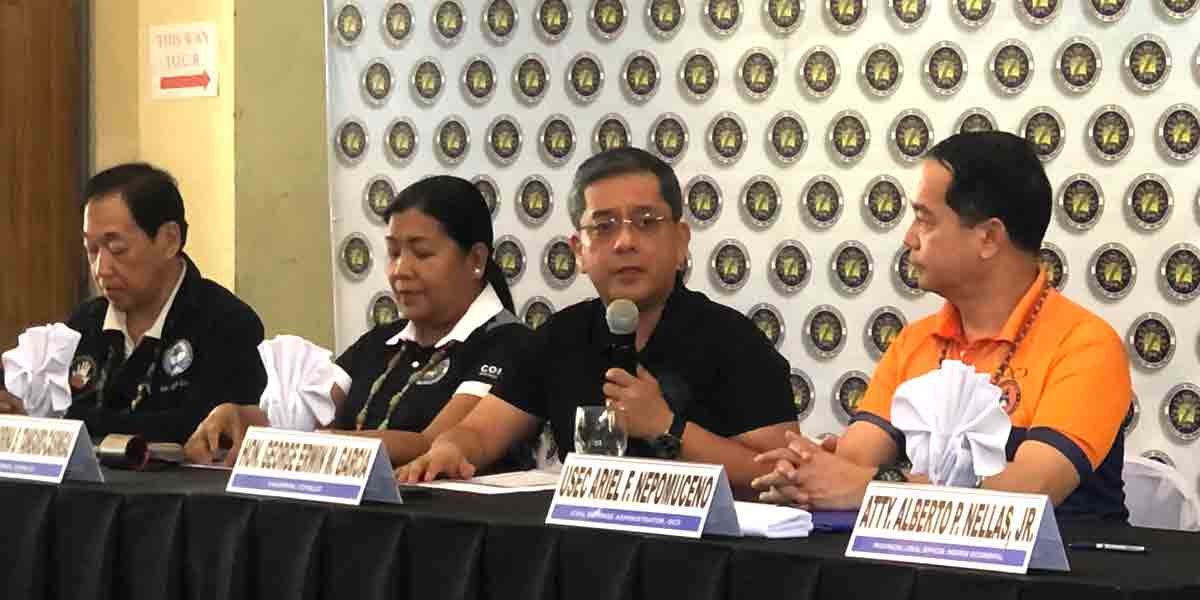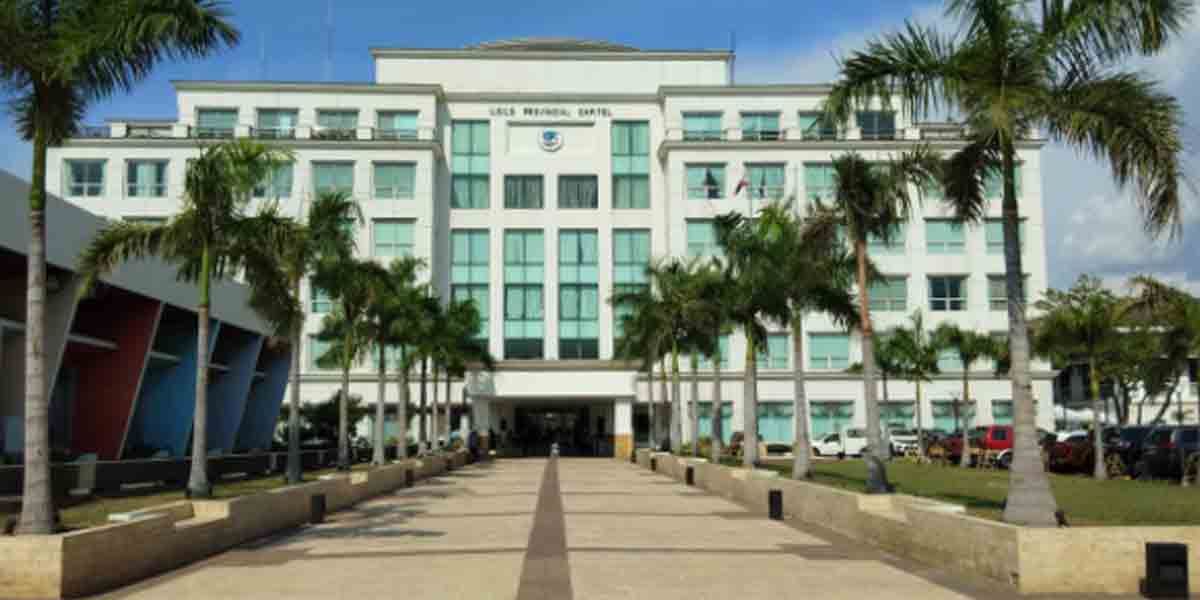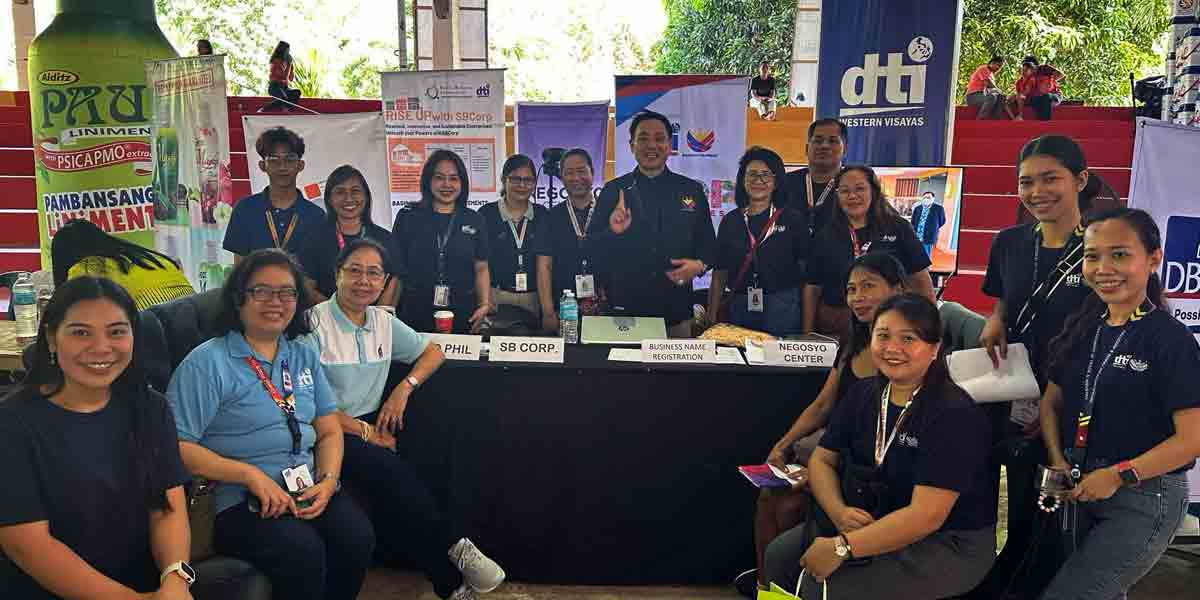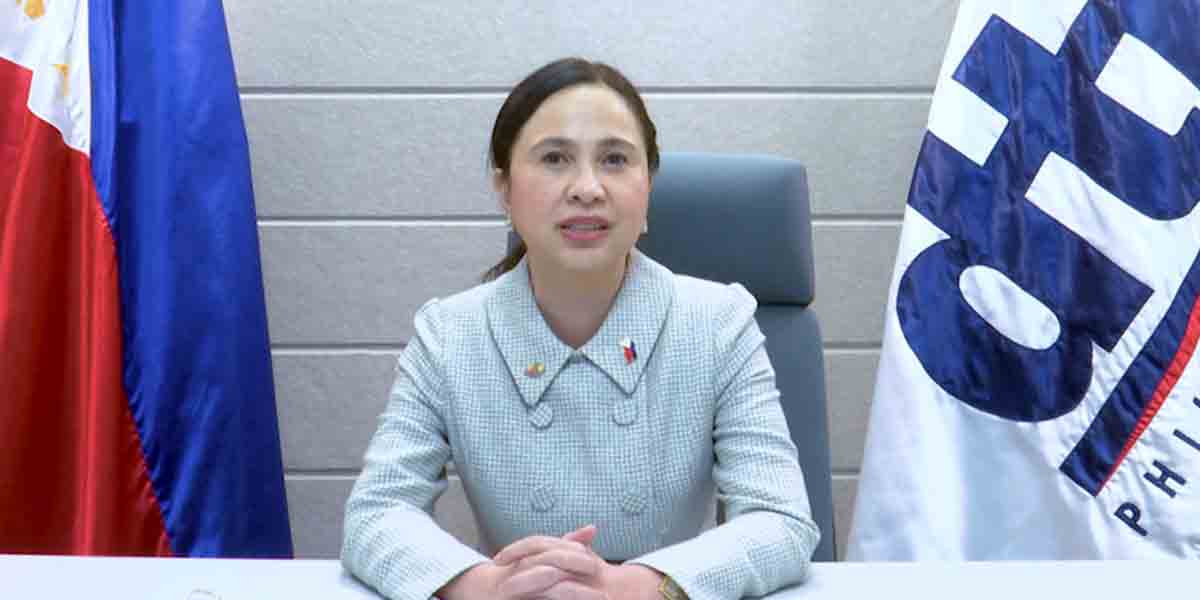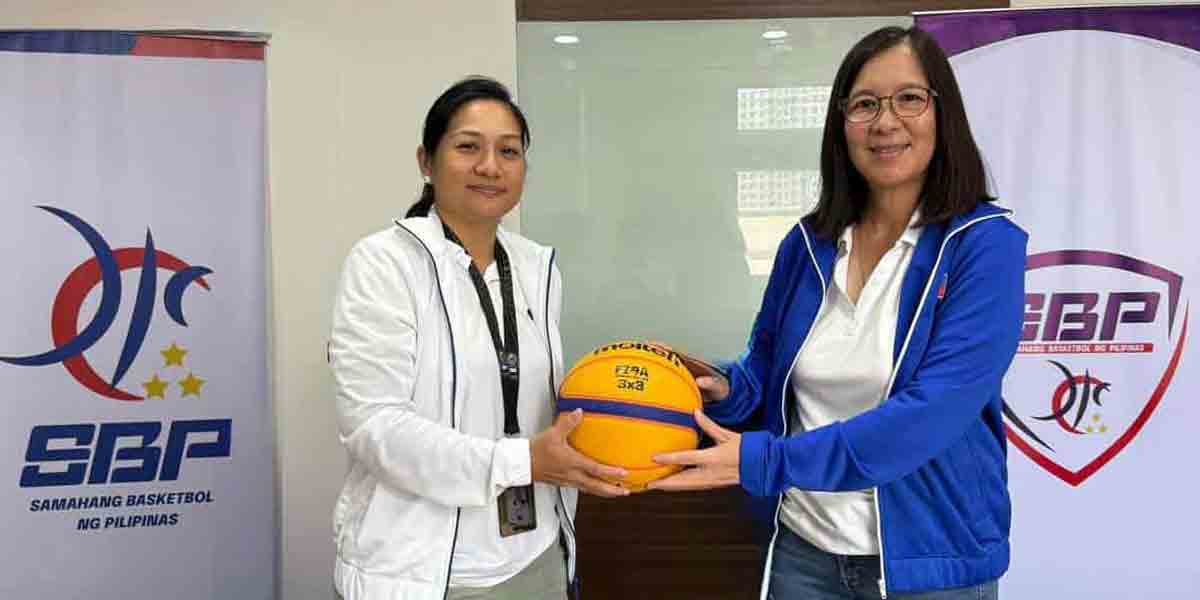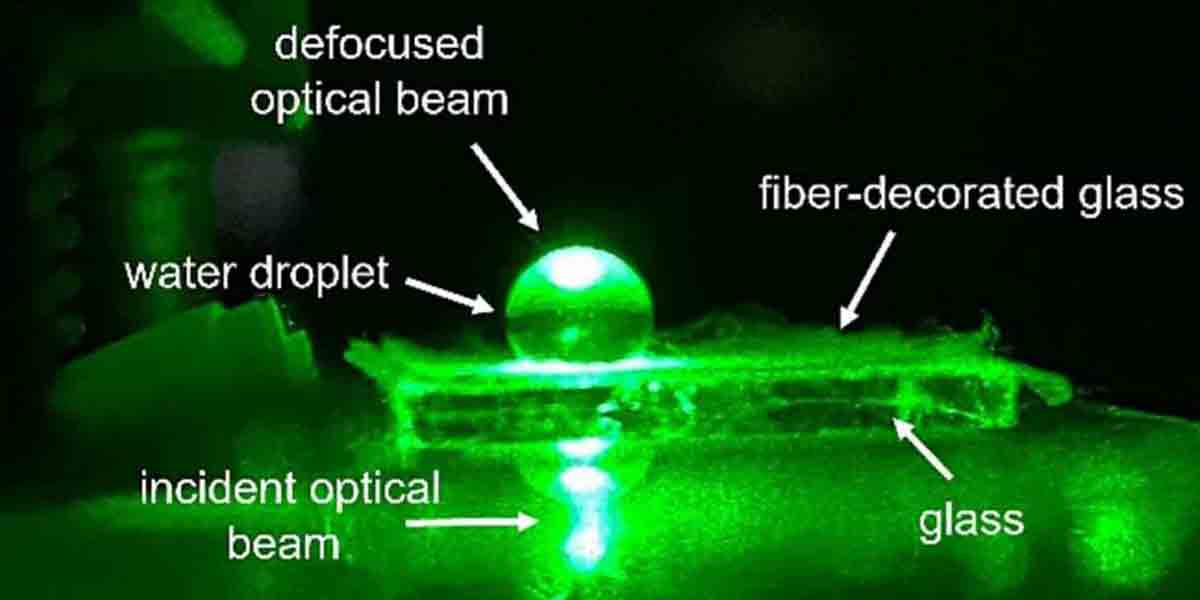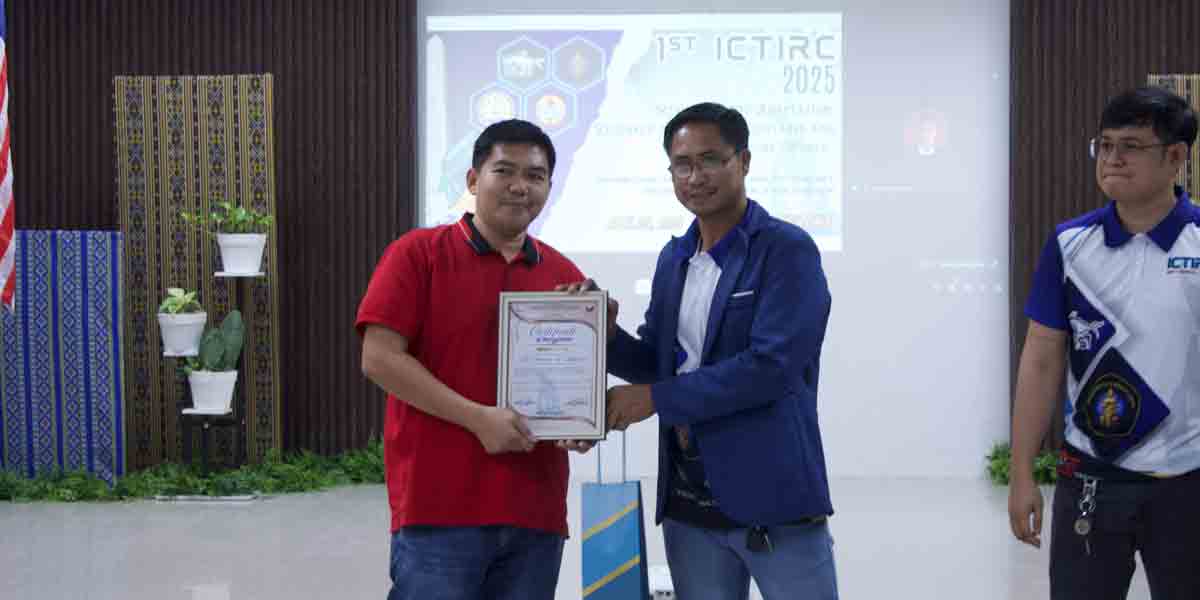 By Engr. Edgar Mana-ay
By Engr. Edgar Mana-ay
A lot of public brouhaha and sneaking suspicion are being created by the ongoing P389-million beach nourishment project at a segment of Manila Bay along Dewey Boulevard from the US Embassy towards the south side until the Mall of Asia. Most of the public uproar came from those who heard the term beach nourishment for the first time because their only exposure is body nourishment thru intake of multi-vitamins tablets.
Beach nourishment is an old, old scientific practice and there are hundreds of successful beach nourishment projects all over the world but the most famous of all was done in Miami Beach Florida in the 1960s. About 18 million cubic meters of white sand was dredged and pumped to produce the famous 200 meters wide by 5 km long Miami Beach, a scene for countless movies like the Miami Vice and the favorite for tourists dressed in scanty bikinis frolicking in its white sand. The Miami Beach nourishment is successful considering that it is located in an open sea but it has been functional for more than 50 years now and had survived major hurricanes like the one in 1992.
The Manila Bay beach nourishment project is a “soft solution” for a mild beach erosion but it is mainly for aesthetic improvement as a tourist attraction to mimic the white beaches of Boracay and Panglao adding to the spectacular and world-famous sunset at Manila Bay. Nourishment consists of filling up the designated beach segment with grounded dolomite imported from Cebu. Dolomite is both a sedimentary rock and a mineral with a chemical formula of CaMg (CO3)2. Dolomite is from limestone, CaCO3, whose calcium, C, is partially calcified with the introduction of Magnesium in water. In simple words, dolomite is not soluble in water, so it can maintain its coarse sand size in the course of time, unlike using pure limestone which will be refined into powder by action of water. The basic rule in beach nourishment is that the imported sand should NOT be finer than the native sand, preferably, it should be coarser. Also, dolomite has a higher flexural strength, better abrasion resistance, higher unit weight and lower permeability.
There are unfounded and ignoramus fear by activists that dolomite as the filling material is a health hazard. Far from the truth because dolomite is a sedimentary rock whose origin is the ancient remains of seashells, corals and algae which has undergone cementation in millions of years to what is now known as dolomite or dolostone. Dolomite neutralizes acid in marine waters and acts as a soil conditioner just like limestone (apog) used in sugar fields and even in fishponds. It is a health hazard during the grinding process to reduce it to sand sizes because of the dust it produces, which can be inhaled by workers not wearing a face mask, but a wet process will eliminate this manufacturing hazard.
The science of beach nourishment is based on the littoral cell, beach budget and wave climate of a particular shoreline. Firstly, Manila Bay is an ideal location because it is not totally exposed to open sea like Siargao beach which is open to the Pacific Ocean and therefore famous for its high surfing waves. A portion or segment of the bay (the littoral cell) will then be selected that will picture an entire sedimentary cycle of sediment delivery to the coast (usually by rivers but also by coastal erosion and other processes), long-shore littoral transport and an eventual loss of sediment from the near-shore environment. Each Littoral cell will have a natural Beach Budget of sediment which includes sources and losses. A negative budget is when more sediment is transported OUT of that particular segment of the Bay than is delivered, then erosion results. The sand on beaches is not static but keeps constantly moving because of wave action. Another consideration is that the drainage water of almost ¼ of Luzon flowing into Manila Bay is almost devoid of sediment because of the many dams and other impediments upstream that traps it. All of these factors favor beach nourishment for Manila Bay and will result in a positive beach budget and maintenance of the white imported sand. A continuing white beach in Manila Bay will discourage people from throwing their trash and will greatly help in maintaining its cleanliness which has now an improved coliform level of 700 per 100 mm of water as compared to 1.3 billion per 100 mm water before the start of the Bay clean up.
In another topic, an Israeli company called SaliCrop Company has developed a revolutionary chemical treatment to new grains and seeds varieties prior to planting so that the seeds can adapt to the arid and salty conditions in the desert. Seeds are soaked in a variety of proprietary chemical cocktails under very strict conditions and can be delivered to the market for planting almost immediately. Different cocktails are cooked up for different seeds variety. This enables a wide range of crops, including wheat, rice and cotton to grow in saline and arid soils on a large commercial scale.
The company does not do it via genetic modification which will take 15 years to hurdle regulatory obstacles nor through selective breeding which can take 6-7 years. The use of chemicals determines the behavior of various seeds. Field trials in India and Israel showed that the patent increases yield by anywhere between 13-32%. The company has an agreement for a pilot project to apply its treatment to new grains and vegetable seed varieties being developed by a large agricultural university in Mexico City to help local farmers. It is also close to signing a deal with a major Australian organization that supports grain growers in the country’s drought-stricken west.
SaliCorp is seeking partnerships with seed producers and not-for-profit organizations. Its web site is www.salicorp.com. I have given this web site to a friend of mine who is a high-ranking officer of Region VI Department of Agriculture so maybe he can arrange a tie-up between this Israeli company and our own DA.
Note: The author is a professional member of the U.S. Geological Society (USGA) and the American Water Works Association (AWWA).


